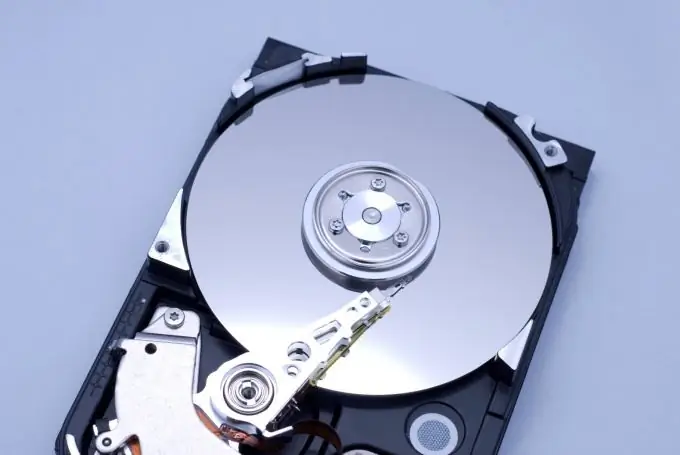During the operation of computer hard drives, unexpected failures can occur, and as a result - file system errors, as well as physical damage to the surface of the drives. All these problems interfere with their normal operation, so it is necessary to periodically check the disks for integrity.

Necessary
- - CheckDisk utility for Windows operating system;
- - or another program for checking hard drives
Instructions
Step 1
The Windows operating system has built-in tools to check drives for bad sectors. Select the required disk, right-click on its icon, select "Properties" - "Service", click "Check" under the heading "Check volume for errors". A window will appear, check the boxes next to "Automatically fix system errors" and "Check and repair bad sectors". Click Start. The system will inform you that the check can be performed only after restarting the computer. Confirm the reboot immediately or postpone for later. The CheckDisk program will test the disk for errors and fix any errors found. If the utility detects physically damaged sectors on the disk, it will mark them so that the system will later ignore them in operation.
Step 2
The ChkDsk utility (short for CheckDisk) can also be run from the command line. Click Start - Run - cmd - Enter. A console appears with a black background, type chkdsk with: / f and press Enter. If you want to check the D drive, then instead of "c" enter "d". The "/ f" parameter stands for a command to find and fix errors on the disk. If you also enter the "/ r" parameter, the utility will try to correct the information in the bad sectors. Most likely, the system will inform you about the impossibility of a momentary check, since the disk is already in use, and will ask if you should perform it on the next reboot. Select "Y" (yes) if you agree. Hit Enter. On the next reboot, the check will be performed. You can print the entire report and, if necessary, consult a specialist. If there are a lot of errors, you may be advised to replace the disk, and if your warranty has not yet expired, then you will receive a new one for free.
Step 3
There are many special programs for checking disks. These can be utilities of the hard drive manufacturers themselves, such as Western Digital Data Lifeguard, Seagate Disk Diagnostic, etc. It can also be third-party programs (HDDScan For Windows, Acronis Disk Director Suite, HDDlife).
Such programs have much more functionality than the built-in tools of the operating system. They can report disk overheating, its health, performance, etc.






